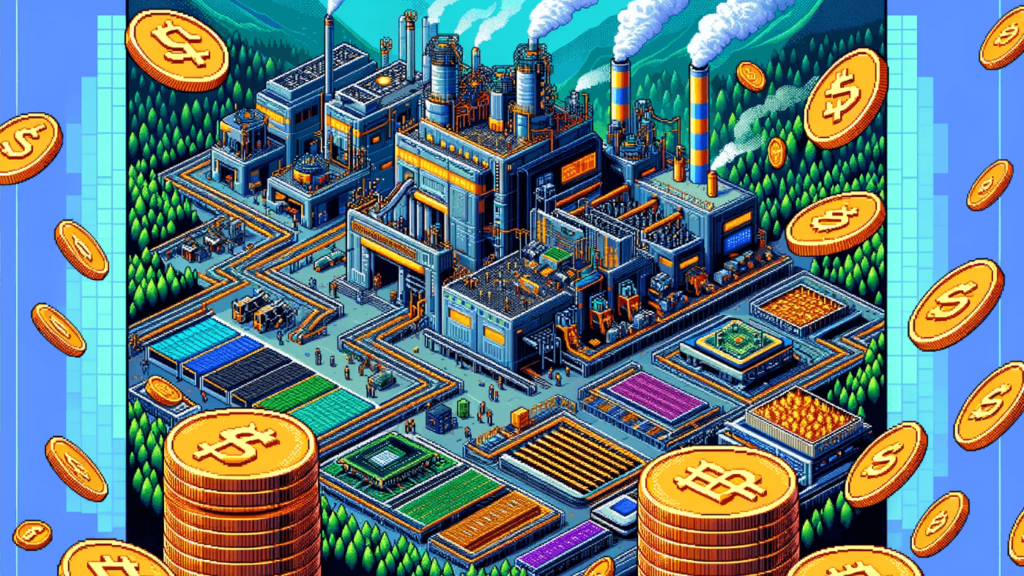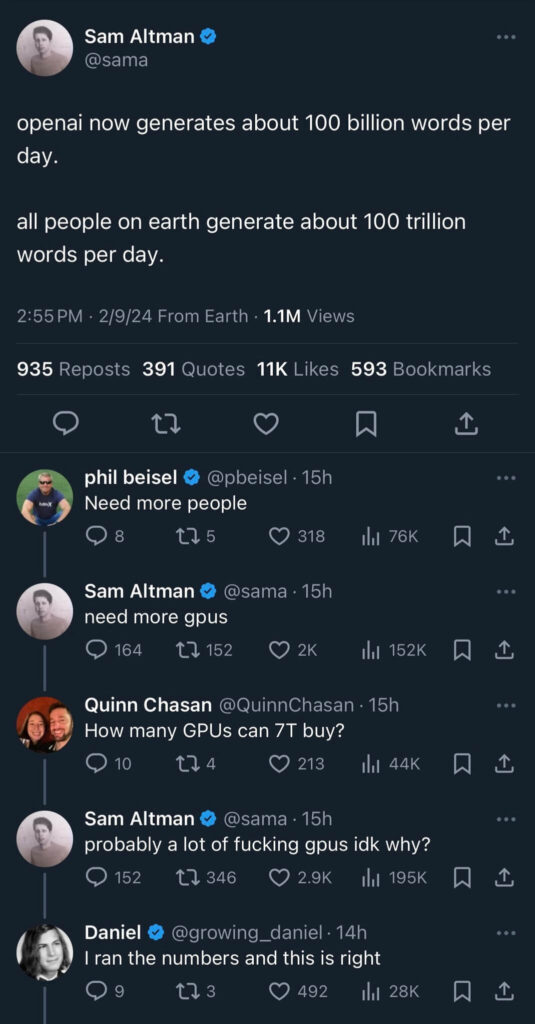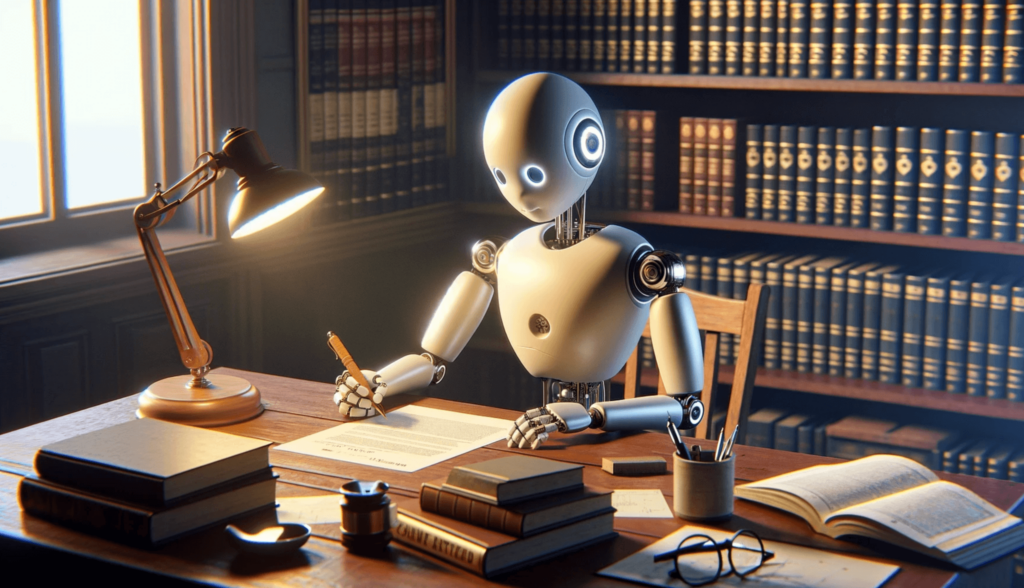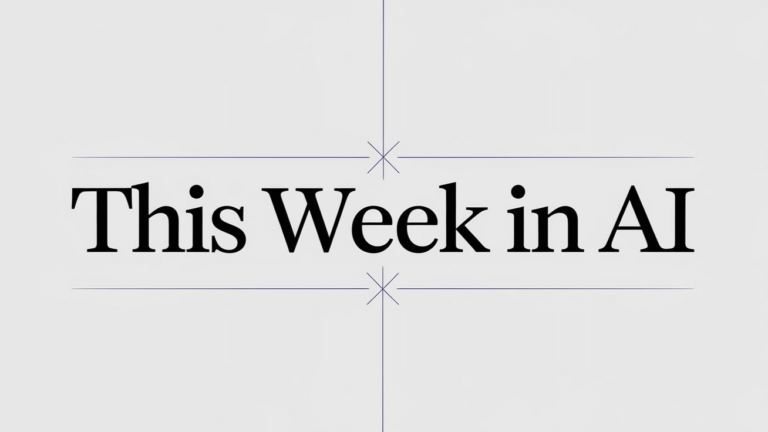Seven Trillion Dollars for GPUs

Sam Altman, the CEO of OpenAI, is embarking on an audacious journey to significantly boost the global production of semiconductors, particularly those pivotal for artificial intelligence (AI) applications.
Altman is in discussions with a variety of investors, including the government of the United Arab Emirates, aiming to raise an eye-watering round between $5 to $7 trillion.
Yes, Trillion.
Just to confirm, that also looks like: $7,000,000,000,000
in other words, 10% of the Global GDP.
This initiative is not just ambitious due to its scale but also because it seeks to address a critical bottleneck in the AI sector: the scarcity of graphics processing units (GPUs) essential for training AI models like ChatGPT.
The plan involves constructing dozens of chip-fabrication plants over the next few years, with operations handed over to existing chipmakers such as Taiwan Semiconductor Manufacturing Company (TSMC). This partnership model between OpenAI, chipmakers, energy firms, and investors is focused to finance the construction of these GPU chip plants. The scale of this fundraising effort is absolutely wild, dwarfing even the largest investments typically seen in the tech industry.
This initiative comes at a time when the Biden administration has also shown an interest in growing domestic chip manufacturing, committing $5 billion to R&D in the semiconductor industry. This move underscores the strategic importance of microchips to the digital economy and national security. Altman’s proposal aims to complement these efforts, ensuring a resilient supply chain and meeting the growing demand for AI infrastructure.
The discussions are still in their early stages, and it remains unclear whether any commitments have been secured. However, the initiative reflects the global interest in AI’s potential and the strategic importance of semiconductor production. If successful, this could fundamentally reshape the business of chips and AI, ensuring improved access to the hardware necessary to power advanced AI technologies.
For leaders, small businesses, or those growing a company, this development could signal a future where access to cutting-edge technology becomes more democratized. The success of Altman’s plan could mean easier access to the technology needed to innovate and grow, potentially fueling a new wave of tech innovation and entrepreneurship.
It raises an intriguing question:
How might this shift in the semiconductor landscape impact the future of tech innovation and the opportunities available to businesses of all sizes?

Around the web
🎨 midjourney.com has released its creator interface (and it’s stunning)
👾 ChatGPT’s system prompt – cracked?
🎥 2D Videos upscaled to 3D Spatial?
AI Ruling: Can Not Own A Patent

In the United States, current patent law dictates that only a natural person can be recognized as an inventor. This means that artificial intelligence (AI) cannot be listed as an inventor on a patent application.
This legal interpretation was reinforced by the Federal Circuit decision in Thaler v. Vidal, which upheld the U.S. Patent and Trademark Office’s rejection of patent applications where an AI system was credited as the inventor.
It was only a matter of time someone tried, right?
This issue is significant because it directly impacts the attribution of credit and ownership of inventions. And by maintaining that only humans can be inventors, the law provides clarity and a well-defined framework for acknowledging and protecting intellectual property rights.
As AI plays an increasingly prominent role in the innovation process, there is a growing need to address how AI-generated inventions should be handled within the existing legal framework.
While AI itself cannot be an inventor, patents for AI-related inventions are still obtainable, provided that a human inventor is credited and has made a substantial contribution to the invention.
Loving This AI Image Style I Found!
I follow a lot of AI image prompt styles and this one was SO Good I had to share. See more examples and grab these prompts here:
https://twitter.com/CharaspowerAI/status/1756363421606457812

